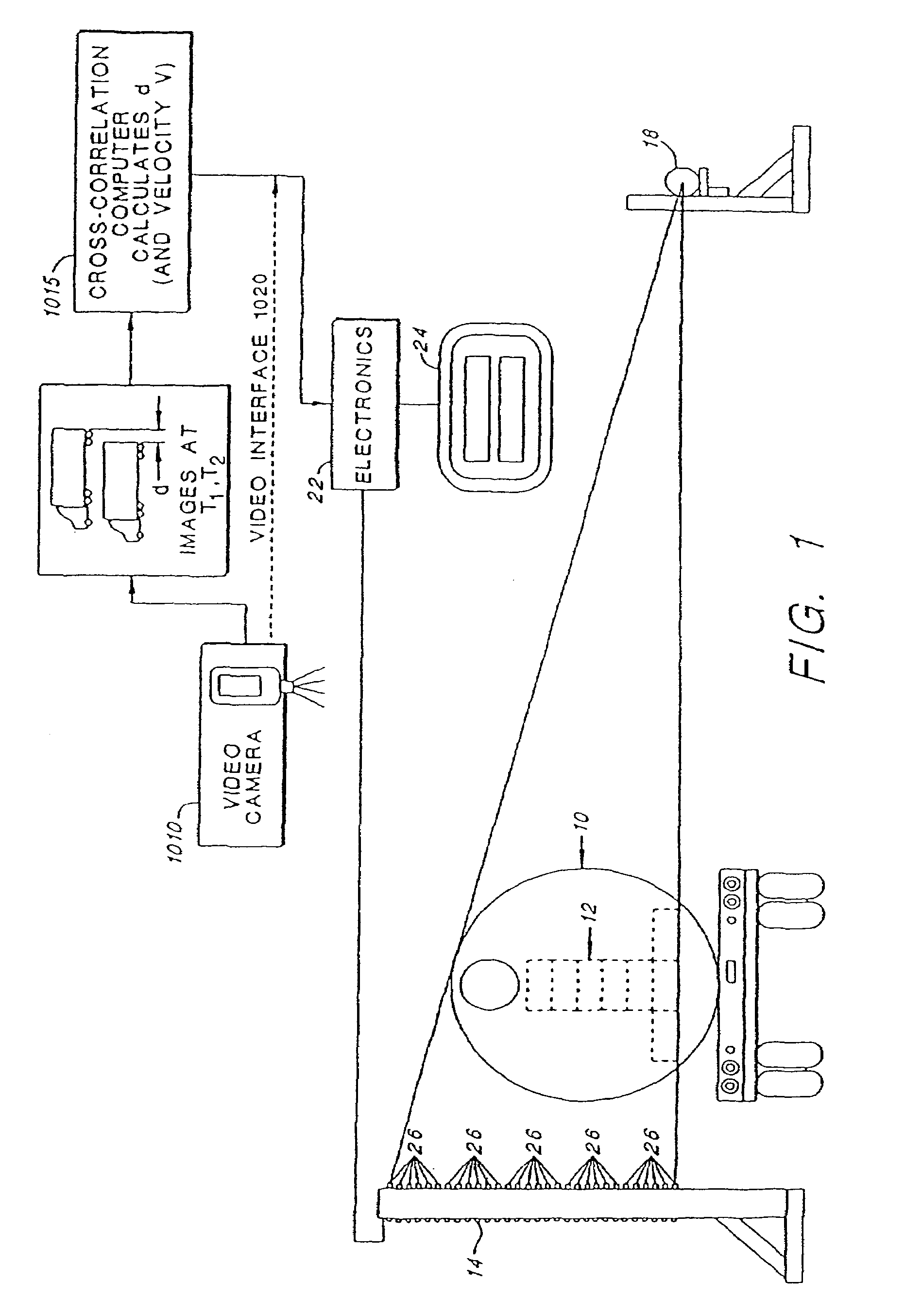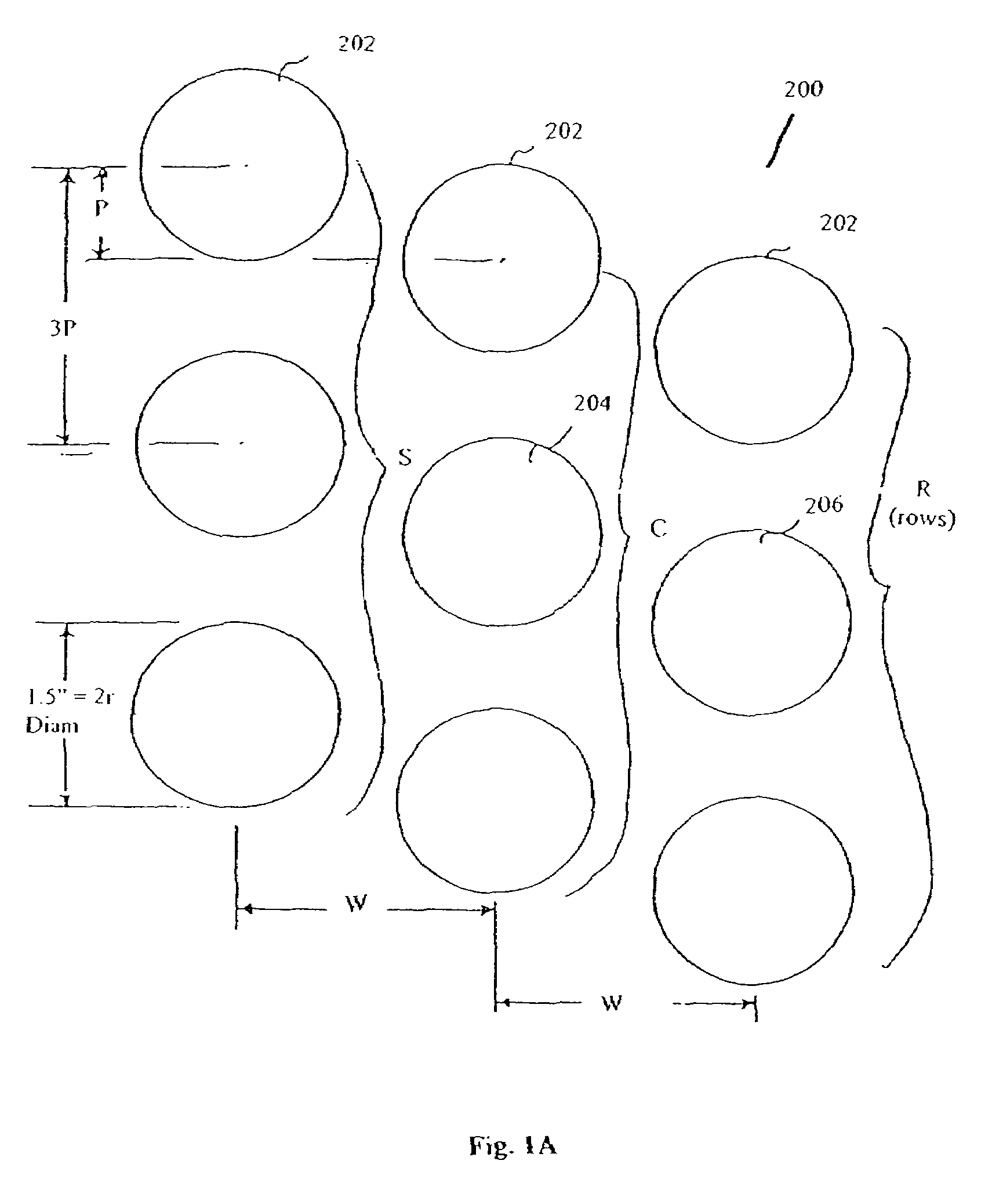System and method for target inspection using discrete photon counting and neutron detection
a target inspection and discrete photon technology, applied in liquid/fluent solid measurement, machines/engines, instruments, etc., can solve the problems of limiting the number of vehicles that can be inspected, taking a half hour or more, and inconvenient and time-consuming for both customs officials and the driver and occupant of the vehicl
- Summary
- Abstract
- Description
- Claims
- Application Information
AI Technical Summary
Benefits of technology
Problems solved by technology
Method used
Image
Examples
Embodiment Construction
[0052]The following description of the presently contemplated best mode of practicing the invention is not to be taken in a limiting sense, but is made merely for the purpose of describing the general principles of the invention. The scope of the invention should be determined with reference to the claims.
[0053]Referring first to FIG. 1, a schematic diagram is shown of a system made in accordance with one embodiment of the present invention and of a fast-moving target object 10 (“target object”, or “tanker truck”, “truck”, or “railroad car”) containing contraband, wherein discrete photon counting is used with one of several possible velocity-measuring means, a cross-correlation velocity measuring means, to measure density; an image is generated of measured density in response thereto.
[0054]Shown in FIG. 1 are the fast-moving target object 10, concealed contraband 12, a detector array 14, a radiation source 18, electronics (or “computer electronics”) 22, a graphical display device (d...
PUM
 Login to View More
Login to View More Abstract
Description
Claims
Application Information
 Login to View More
Login to View More - R&D
- Intellectual Property
- Life Sciences
- Materials
- Tech Scout
- Unparalleled Data Quality
- Higher Quality Content
- 60% Fewer Hallucinations
Browse by: Latest US Patents, China's latest patents, Technical Efficacy Thesaurus, Application Domain, Technology Topic, Popular Technical Reports.
© 2025 PatSnap. All rights reserved.Legal|Privacy policy|Modern Slavery Act Transparency Statement|Sitemap|About US| Contact US: help@patsnap.com



